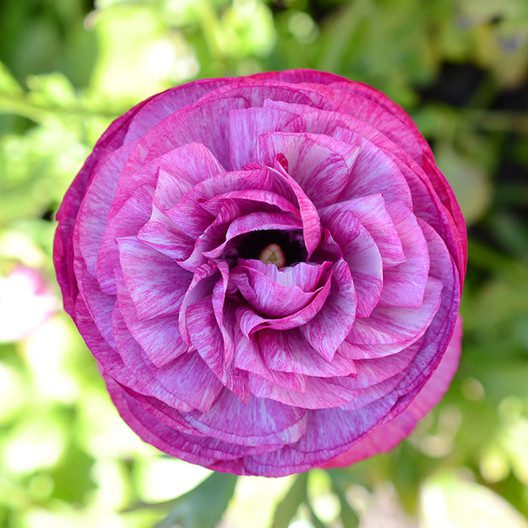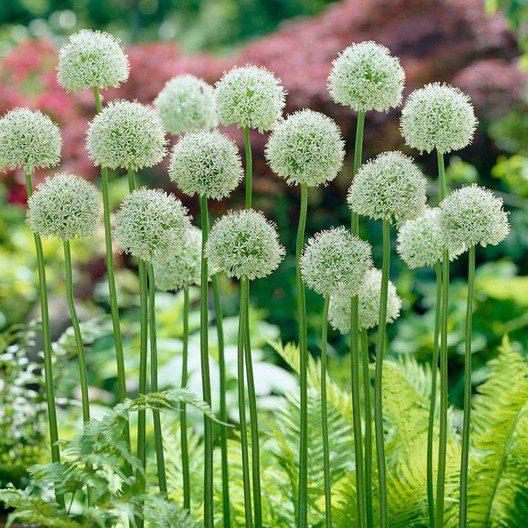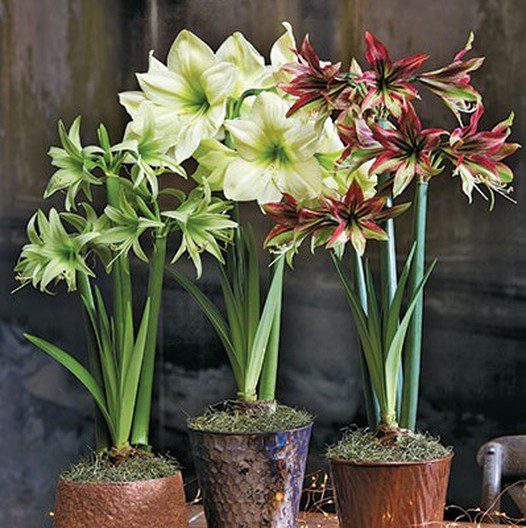How to Plant Fall Bulbs in Warm Zones
Some people in warmer climate zones forgo fall planting of northern spring favorites such as tulips and daffodils because they tend not to do well in places without cold winters. However, there are tips and tricks you can follow to take advantage of these spring beauties no matter where you’re located!
Fall Bulb Planting Guide for Warmer Climate Zones
Most flower bulbs that bloom in the spring require a chilling period of at least 12 weeks consistently below 50°F. In colder climates, this can be achieved with fall outdoor planting but in warmer climates (zones 8-11), pre-chilling in a refrigerator is required for these blooms to pop in spring. Some of the most popular flower bulbs that require chilling include:
- Crocus (15 weeks)
- Hyacinth (including Grape Hyacinth) (12-15 weeks)
- Daffodils (most varieties) (16 weeks)
- Tulips (10-14 weeks)
- Lily of the Valley/Snowdrops (12-15 weeks)
- Dutch Iris (does not require chilling in zones 8-9) (13-15 weeks)

The pre-chilling process can begin as early as September or as late as December, depending on your climate and chilling period. Bulbs essentially need to be tricked into thinking they’ve endured a cold winter. Generally, the earlier the pre-chilling process is started, the earlier blooms will come in warm climates. Most bulbs will flower within four to six weeks after planting outdoors. Without this chilling period, plants may be stunted and flowers may not fully bloom. Bulbs are typically treated as annuals and will not bloom as prolifically after one year, although some choose to dig them up, chill, and replant in hopes of a second season.
Tips for Pre-chilling Bulbs
- Store bulbs in a refrigerator between 35 and 45°F for chilling.
- Bulbs do well in a mesh or ventilated plastic bag, although if space allows, storing them in moist peat moss or coconut coir in a cooler or refrigerator is ideal.
- Keep away from fruits that give off ethylene gas such as apples, blueberries, melons, and grapes. Ethylene will cause bulbs to “ripen” which can lead to rotting.
- Check on bulbs regularly to make sure they’re not too wet or dry. If storing in peat moss or coir, spritz with a spray bottle of water on occasion to keep them moist. If you notice moisture collecting in your bags, consider adding more holes or introducing a paper towel to absorb excess moisture.
- Early planting when temperatures are still cool is ideal, between November and early January. Planting after mid-January in warm climates is not recommended.
What bulbs do not require chilling?
There are several bulbs that do not require pre-chilling in warmer climate zones, including:
- Anemones
- Alliums
- Ranunculus
- Some Daffodils
- Spider Lily or Magic Lily
- Amaryllis
- Paperwhites
- Freesia
Many other types of plants are suitable for fall planting in warmer climates, although they are not bulbs. Gladiolus and dahlias are two examples of corms and tubers, respectively, that are perennial in zones 8-11 and do not require pre-chilling to bloom.
How do you care for bulbs after planting?
After planting, bulbs like consistent moisture up to an inch a week to flourish. Hot, dry conditions are preferred after blooms die back so do not water after blooming has ceased. While it may be tempting to cut back spent foliage in the summer it’s best to let your bulbs be, especially if you’re hoping for a second season. Instead of removing greenery, consider planting later blooming varieties and annuals to cover up spent foliage of these plants.
Bulbs serve as nutrient stores for the plant so little to no fertilizer is required. If you choose to fertilize, use a well-balanced fertilizer or compost at planting. No additional fertility is needed throughout the season.
Planting Bulbs in Containers
Planting in containers is a fun way to add visual interest to your garden or to plant in areas where in-ground planting is not possible. Potted bulbs also make great gifts! Most containers and pots are suitable for growing spring-blooming bulbs so long as they have adequate drainage. Bulbs tend to have relatively shallow root growth so providing at least two inches of soil below the bulb should be adequate.

Using a soilless medium such as a peat-based potting mix is best for growing bulbs in containers as it ensures adequate drainage. Soil or compost-based mixes can cause bulbs to become water-logged and lead to rotting. Bulb spacing guidelines may vary depending on variety but, in general, bulbs should be positioned about an inch apart when planting in containers to achieve the effect of fullness.
For more information, check out our page on How to Plant Flower Bulbs


